Tests of the first Russian-made electronic bracelets to monitor offenders began in Togliatti on Thursday.
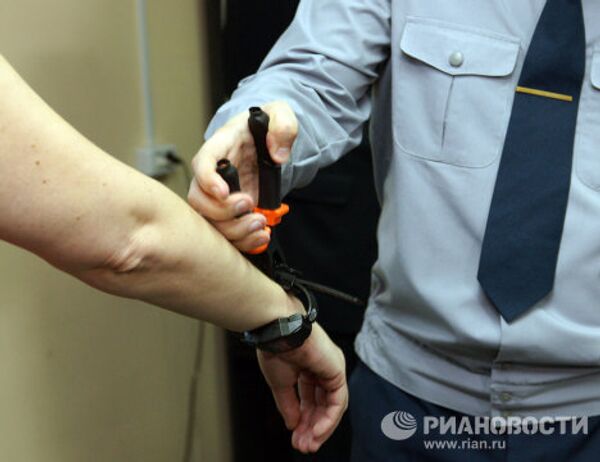
Tests of the first Russian-made electronic bracelets to monitor offenders began in Togliatti on Thursday.
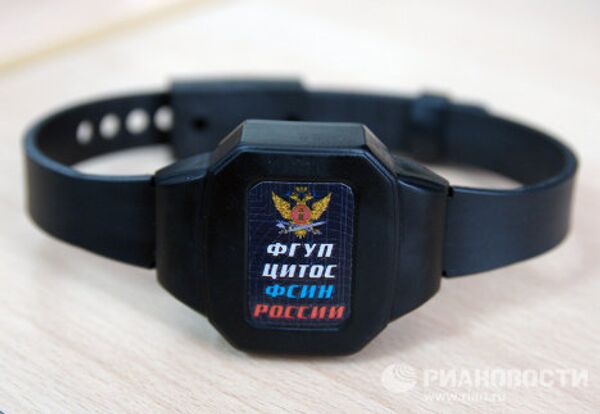
Tests checked the communication between an electronic bracelet and a stationary device which can be used in house arrests.
Photo: a mobile control device.
Photo: a mobile control device.

The monitoring system records the distance between the bracelet and the stationary device sending a signal. It also records the offender’s approach to an off-limit area.
Photo: Assembling an element of the mobile control device.
Photo: Assembling an element of the mobile control device.

Developers say the electronic bracelet, which looks like a digital watch, will not inconvenience the offender. The bracelet is waterproof and can withstand a depth of five meters under water. The bracelet’s battery lasts three years.
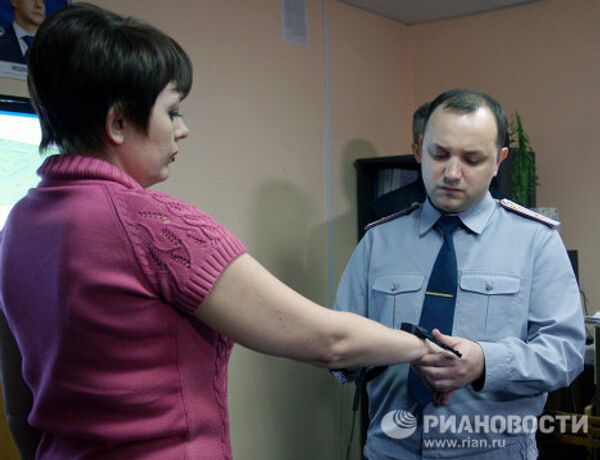
Correctional Institute No. 10 inmates in the Samara Region make some of the components.
Photo: A law enforcement officer placing an electronic monitoring device on a woman’s wrist.
Photo: A law enforcement officer placing an electronic monitoring device on a woman’s wrist.
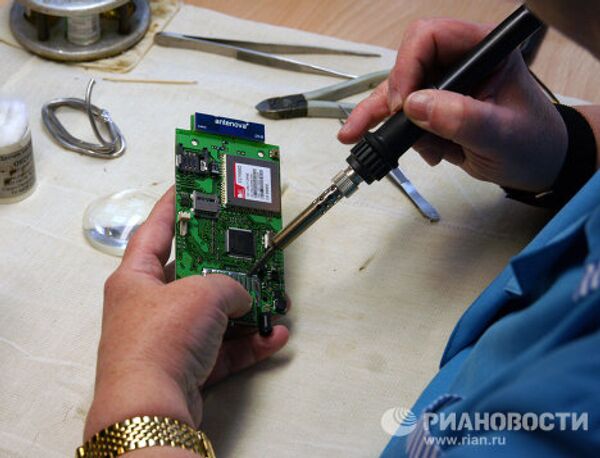
The correctional institute has already created 25 jobs as part of a project to produce the Russian-designed electronic bracelets, with 150 more workplaces planned.
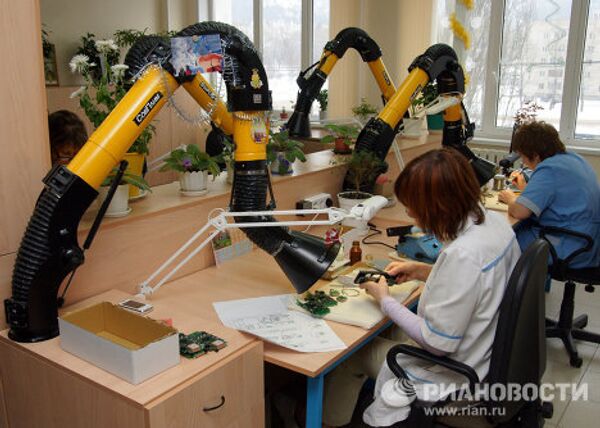
The Samara Region has ordered the first 20 bracelets. The Krasnodar Territory, where about 900 people are restricted in movement, has ordered 200 such devices.
Photo: Workers at the Samara branch of the Russian Federal Penitentiary Service’s Center for Information and Technical Support and Communication assemble part of a mobile control device.
Photo: Workers at the Samara branch of the Russian Federal Penitentiary Service’s Center for Information and Technical Support and Communication assemble part of a mobile control device.
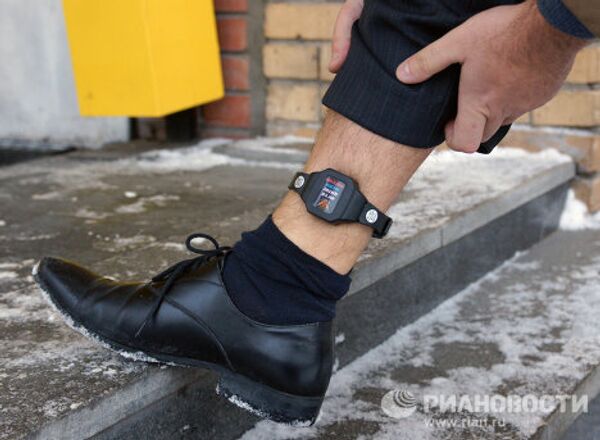
As many as 40,000 people may be wearing these bracelets in the near future in Russia.

